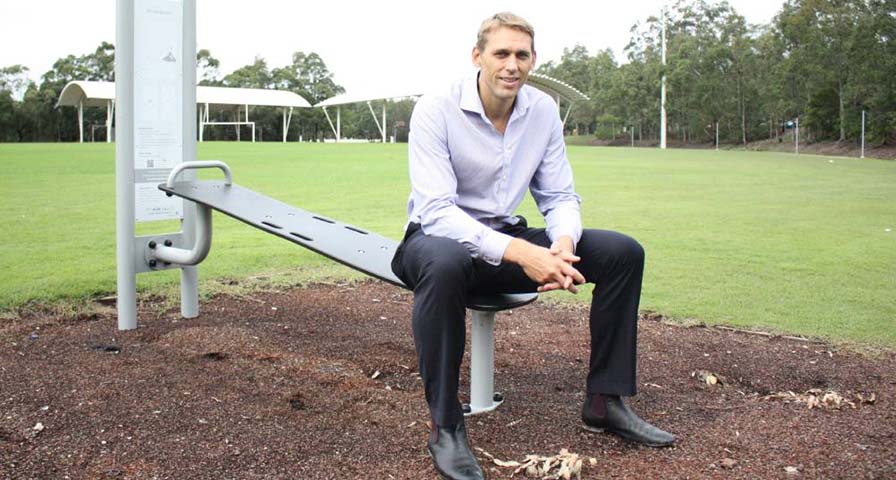Originally published Jan. 4, 2019 in the Newcastle Herald.
By David Lubans
With so much emphasis on academic achievement, it can be difficult for physical activity and sport to gain traction in the school environment.
This is partly due to the misconception that allocating time for students to be active at school will hurt their academic performance. This view is not only disappointing but ill-informed.
 Physical activity is essential for young people’s development, yet Australian children and adolescents are some of the least active in the world – less than 20 percent participate in the recommended 60 minutes of moderate- to vigorous-intensity physical activity each day.
Physical activity is essential for young people’s development, yet Australian children and adolescents are some of the least active in the world – less than 20 percent participate in the recommended 60 minutes of moderate- to vigorous-intensity physical activity each day.
The NSW Department of Education requires its schools to provide 150 minutes of organised physical activity each week. However, achieving this target can be a low priority for many teachers focused on NAPLAN results and My School rankings.
Yet such an attitude runs counter to evidence that suggests students with higher levels of physical activity and aerobic fitness perform better on standardised tests and measures of cognitive function.
Researchers are now interested in examining the mechanisms that might explain why and how physical activity in schools can support educational outcomes.
As part of that work, for the past decade, the NSW Department of Education’s School Sport Unit, led by Ross Morrison, has collaborated with universities, including the University of Newcastle, to conduct a series of experimental studies designed to test the effects of various physical activity programs, including:
- Thinking While Moving – incorporating movement into primary school Mathematics and English lessons
- Resistance Training for Teens – designed to improve adolescents’ muscular fitness and resistance training skill competency
- Burn 2 Learn – designed to test the impact of high-intensity activity breaks on senior school students’ physical, mental and cognitive and health, and
- iPLAY – supporting primary school teachers to deliver high-quality physical education and increase students’ opportunities for physical activity across the school day.
While each of these projects has focused on different outcomes, we have found that the benefits of physical activity for academic outcomes provides educators with a strong rationale to get children moving in schools.
And this ‘buy-in’ from educators is crucial for program success.
Our most recent study, Burn 2 Learn, is testing the impact of a time-efficient exercise program for students completing the HSC.
Working in collaboration with one of the world leaders in physical activity and cognitive health, Professor Chuck Hillman from Northeastern University in the United States, we are using a variety of novel techniques to measure the impact of the program on psychological stress, brain structure and function.
For example, students involved in the study have provided hair samples, which will be analysed to determine cortisol deposits – an indicator of exposure to stress.
We know the senior school years are very demanding and many students drop out of organised physical activity to focus on their studies. However, evidence suggests that physical activity can help reduce the negative impact of stressful events.
In our pilot study, which involved two high schools in the Hunter region, we found that three 10-minute exercise sessions per week for 14 weeks, improved students’ mental health and aspects of their cognitive functioning.
Another example is iPLAY– a research project led by Professor Chris Lonsdale from the Australian Catholic University and myself.
The iPLAY program aims to increase the quality and quantity of physical activity opportunities for children in primary schools. Our original pilot study of the program, involving 460 students from eight NSW public primary schools, found significant improvements in students’ physical activity, fitness and sport skills over the 12-month study period.
Led by Dr Nick Riley, the Thinking While Moving program has shown that students spend more time ‘on task’ in physically active lessons, while still achieving literacy and numeracy outcomes.
To date, more than 500 teachers from more than 300 schools have attended Thinking While Moving professional learning workshops. Schools are ideal settings for implementing evidence-based physical activity programs.
Our partnership with the NSW Department of Education ensures our work has real-world impact by providing the opportunity to disseminate these programs in public schools throughout the state.
Professor David Lubans, Australian Research Council Future Fellow, University of Newcastle
Seeking IHT Spirit System information?




